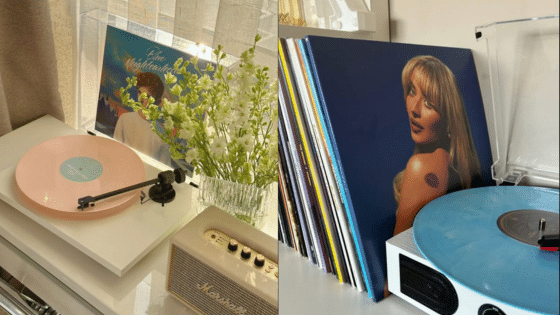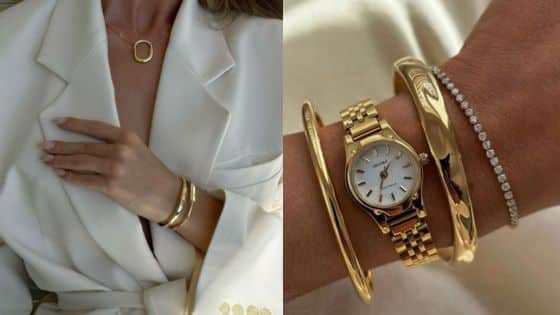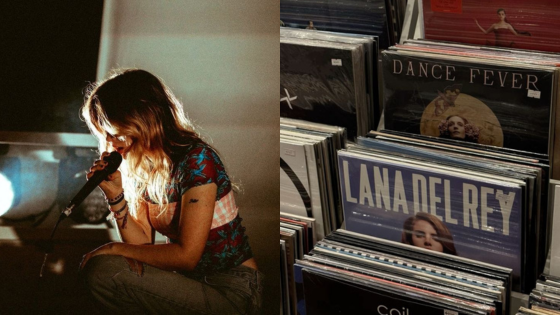Robin Williams fascinated audiences not just through his legendary roles and comedy but also with a creative passion that extended far beyond the screen. Known for his improvisational brilliance and unique depth, he often explored art as another pathway for self-expression. You may be surprised to learn that Williams channeled his creativity into sculpture, illustrating how his drive as an actor naturally expanded into other art forms.
Exploring his journey from performance to sculpture reveals the hidden layers of a creative mind always searching for new ways to communicate and heal. In looking at his passion for sculpting, you see how acting and fine art can share the same intensity and vulnerability, helping him find meaning beyond the stage or screen.
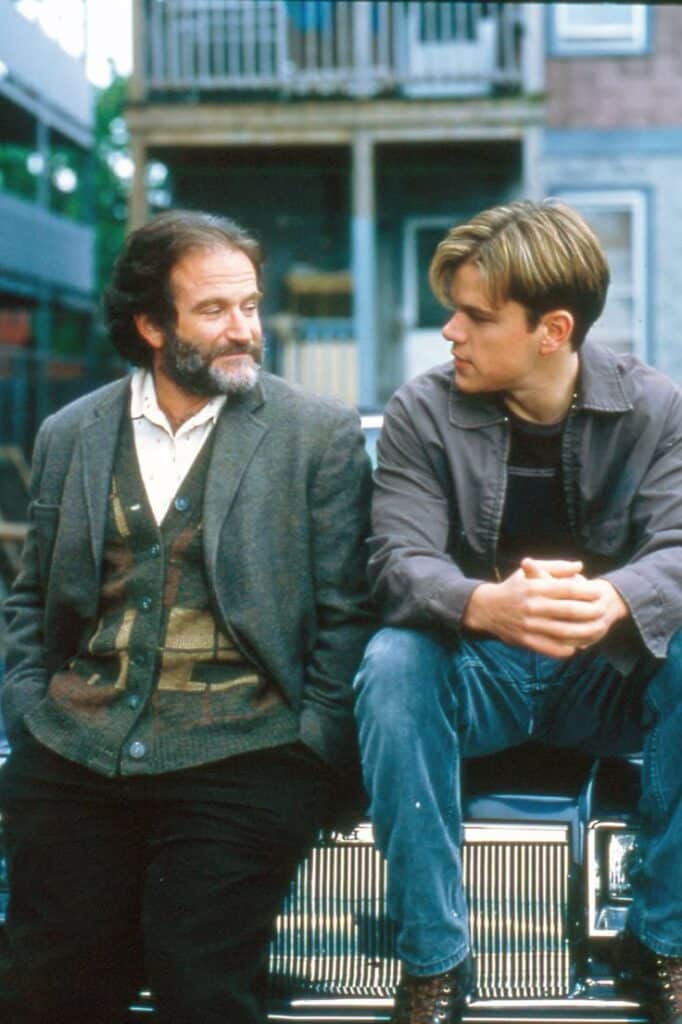
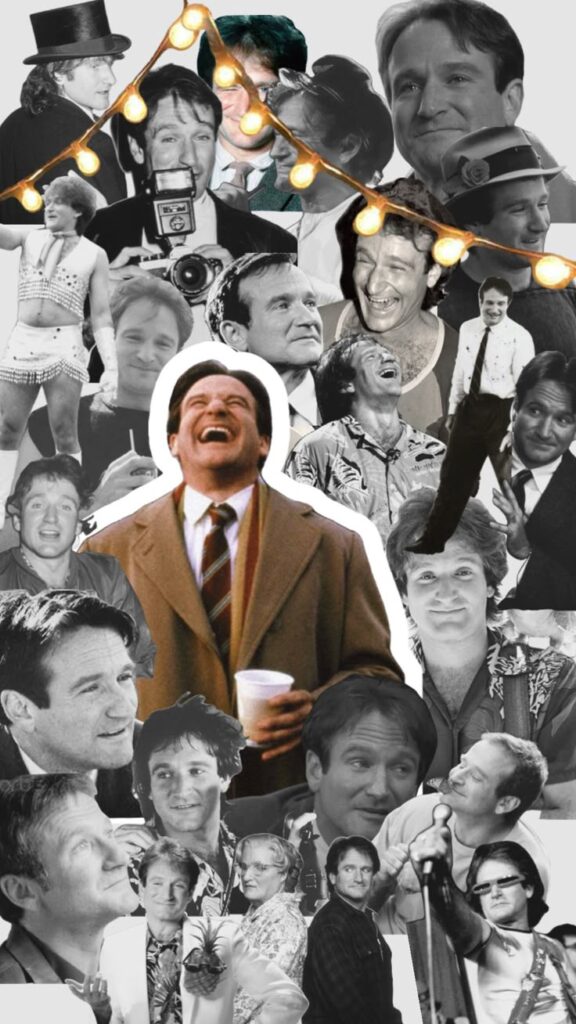
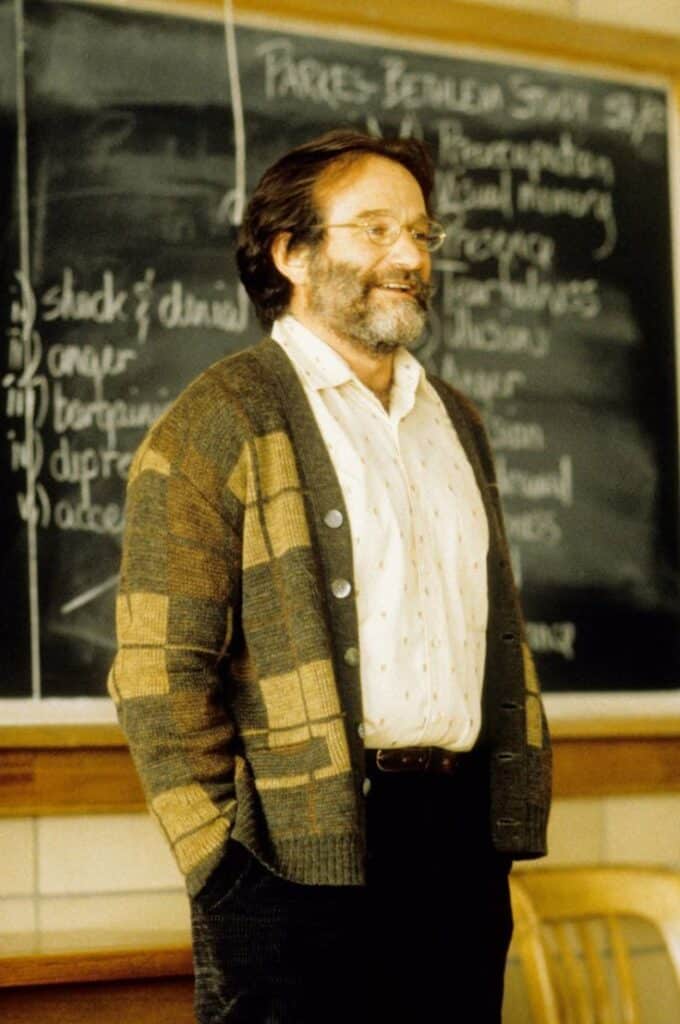
Key Takeaways
- Robin Williams explored art through both acting and sculpture.
- His creativity reached into sculpting as a form of personal expression.
- Artistic passion shaped his lasting impact on both entertainment and art.
Robin Williams: A Multifaceted Talent
Robin Williams stood out for his ability to shift seamlessly from rapid-fire comedy to heartfelt drama. His path from Chicago to the world stage shows how creativity and training can shape a unique performer.
Early Life and Inspiration
Born in Chicago, Robin Williams grew up in a supportive family environment that encouraged his curiosity. His early exposure to classic comedic actors sparked his interest in performance. You would find that Williams’ sense of humor developed as a way to connect with others, especially during his quieter, more reserved childhood.
He attended the prestigious Juilliard School in New York, where he studied acting alongside Christopher Reeve. Their friendship lasted a lifetime and both benefited from the competitive yet supportive atmosphere. The rigorous training at Juilliard enhanced his improvisational skills and deepened his understanding of dramatic technique.
During his formative years, Williams honed his ability to do impressions and refine his comedic instincts. This strong foundation would later allow him to invent new characters on the spot and react swiftly to live audiences.
Breakthroughs in Comedy and Acting
Your first encounter with Williams’ brilliance may have come from his appearance as Mork on Happy Days, which led to the hit show Mork & Mindy. His portrayal of the alien Mork brought a mix of boundless energy and physical comedy, along with sharp improvisation. The character’s eccentricities felt natural, not forced, due to Williams’ confidence in unscripted moments.
He gained national attention through stand-up comedy, where he became known for quick wit, extensive impressions, and endless energy. His television and club performances earned him a reputation as a true comedic force. Williams’ humor often blended cultural references, physical gestures, and layered characters.
Acting soon followed. Each role in this era, whether on sitcoms, talk shows, or stand-up stages, showed different aspects of his creativity. Many noticed that few performers could shift so quickly between genres and tones.
Exploring Range: From Stand-Up to Drama
Williams’ career highlights how you can blend comedic timing with genuine emotion. While his roots were in stand-up comedy, film roles such as Adrian Cronauer in Good Morning, Vietnam demonstrated his ability to deliver both laughs and gravity. His improvisational background, especially in rapid monologues and playful banter, translated well to movies.
He embraced serious roles in films like Dead Poets Society and Good Will Hunting, where he balanced warmth and vulnerability. These performances received critical acclaim and earned him an Academy Award.
Table: Key Roles Showing Robin Williams’ Range
| Genre | Notable Work | Signature Approach |
|---|---|---|
| Comedy | Mork & Mindy, Stand-Up | Impressions, High Energy |
| Drama | Good Will Hunting | Subtle, Emotional Depth |
| Dramedy | Good Morning, Vietnam | Blend of Humor and Serious |
His versatility let you see different shades of humanity in every role. No matter the genre, Williams brought depth to his characters, making his performances memorable and impactful.
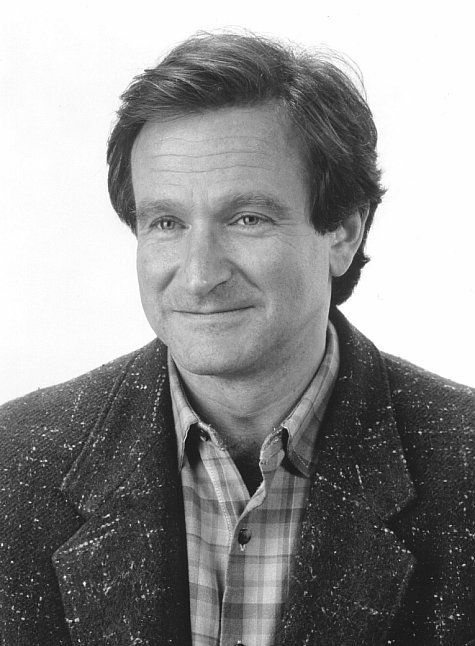
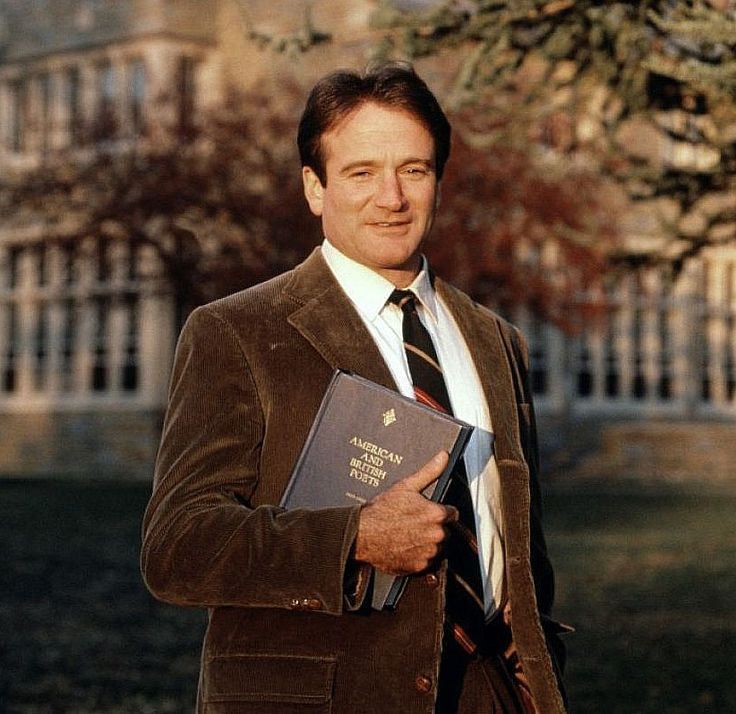
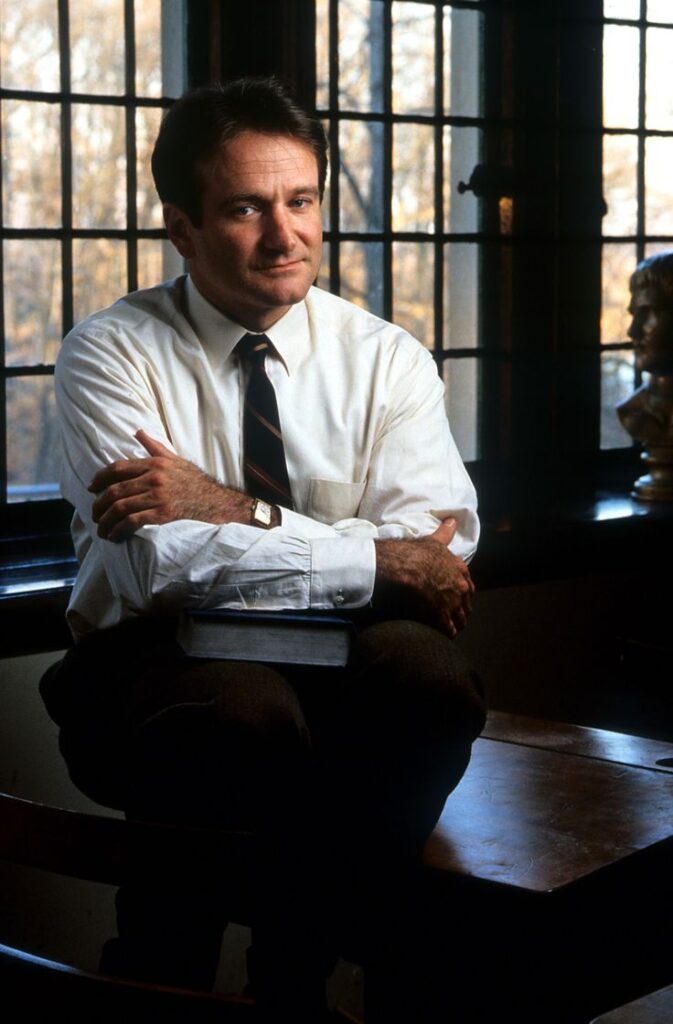
Becoming an Artist: Williams’ Passion Beyond Acting
Robin Williams’ creativity extended far past the stage and screen, shaping his life and inspiring new artistic pursuits, including sculpture. His journey reflects a deep passion for creative expression that brought fresh meaning and fulfillment beyond his acting career.
His dedication mirrored the rigorous curriculum of a Sculpture Degree program. This path follows the foundational principles of form, space, and composition, building a comprehensive skill set, from traditional clay modeling and stone carving to modern digital fabrication.
The Creative Drive Behind Robin Williams
You might know Robin Williams best for his stand-up or iconic film roles, but his friends and colleagues often spoke of his relentless creative energy. Whether on a movie set or at home, Williams found himself constantly exploring new outlets for his imagination.
Acting was just one part of his overall artistry. He sought other forms of self-expression to process emotions and ideas that words or comedic performances sometimes couldn’t convey. This drive wasn’t just professional—it was a personal need to create and connect.
Key signs of Williams’ creative spirit:
- Improvised performances, both on and off screen
- Continuous experimentation with new media and techniques
- Loving engagement with artists and other creative people
Williams approached art with curiosity rather than ego. This sense of wonder stayed with him and fueled his interest in sculpture as a new avenue for passion and exploration.
Discovery of Sculpture as a Form of Expression
For you as a fan or observer, Williams’ shift toward sculpture is a fascinating chapter. He discovered sculpture as a more tactile and personal way to translate his thoughts and emotions into a visual form.
Working with clay and other materials, Williams immersed himself in the physicality of creation. This allowed him to slow down, concentrate, and experience a new side of creativity that contrasted with the manic energy of comedy. He appreciated the meditative aspects of sculpting, the way it provided focus and quiet reflection.
His passion for sculpture also led him to connect with visual artists, showing sincere admiration for their craft. For Williams, making art by hand became a way to express parts of himself that performing alone could not reveal. It gave him a renewed sense of purpose as both an artist and an individual.
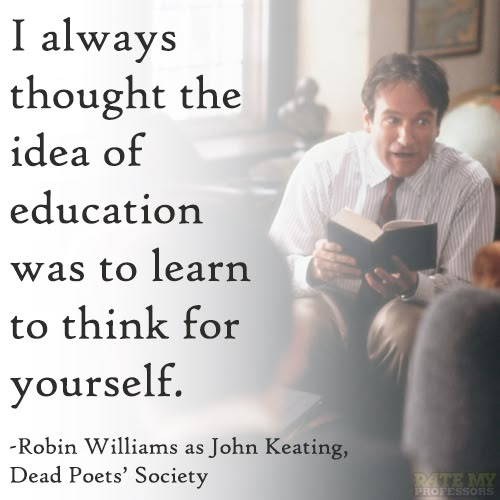
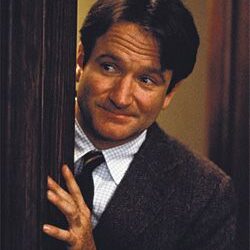
Case Study: Sculpture and Artistic Transformation
Robin Williams, known for his transformative acting, also found deep personal fulfillment in sculpture. Exploring his connection to sculpting reveals how this art form influenced not just his private life but also his approach to performance and creativity.
Personal Meaning of Sculpture for Williams
For Williams, sculpting was more than a hobby. It became a sanctuary where he could express himself without words. He often worked in private studios in San Francisco and Los Angeles, seeking solace from public attention.
You can see how his sculptures reflect moments of introspection. They served as emotional outlets during career highs and lows, providing a non-verbal means to process complex feelings. Williams described working with clay or metal as “freeing”—a hands-on way to deal with personal struggles or stress.
Engaging with sculpture allowed him to slow down compared to the pace of a film set. Friends noted that he gained comfort from the tactile process, shaping forms with his hands and engaging his senses in a different way than with performance.
How Sculpting Impacted His Craft as an Actor
Your understanding of Williams as an actor deepens when you consider how his sculpting influenced his work on stage and screen. Sculpting taught him patience and focus, which translated directly into his approach to character development.
He told friends that the discipline of visual arts helped him “find the smallest details” in a character’s physicality. By shaping materials, he developed a better eye for body language and subtle expressions. This attention to physical nuance is visible in roles such as those in Dead Poets Society and Good Will Hunting.
Sculpting, with its trial-and-error nature, reinforced Williams’ willingness to experiment in his acting. Mistakes in the studio became opportunities—an attitude he brought into improvisational scenes and dramatic performances alike.
Comparing Acting and Sculpting: Process and Purpose
At first glance, acting and sculpting seem like two very different pursuits. However, Williams recognized many similarities in their processes. Both require observation, interpretation, and transformation.
You can see a common thread: transforming raw material, whether it’s clay or an undeveloped character, into something meaningful. Both arts rely on practice and iteration. Williams appreciated that both acting and sculpting could be collaborative or solitary, and each allowed for unique self-expression.
The table below summarizes the commonalities and differences that Williams found most meaningful:
| Aspect | Acting | Sculpting |
|---|---|---|
| Primary Medium | Voice, body, expression | Clay, metal, stone |
| Environment | Public sets/stages | Private studios/workshops |
| Creative Approach | Improvisation, rehearsal | Experimentation, revision |
| Outcome | Character, performance | Physical artwork |
Recognizing these parallels, he saw both crafts as ways to process experience, connect with others, and better understand himself.
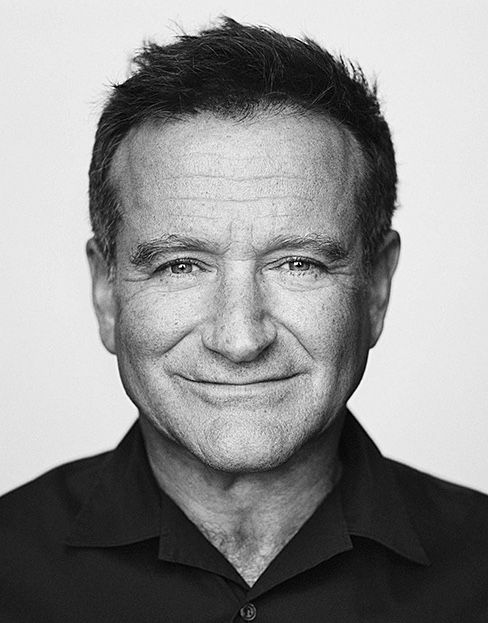
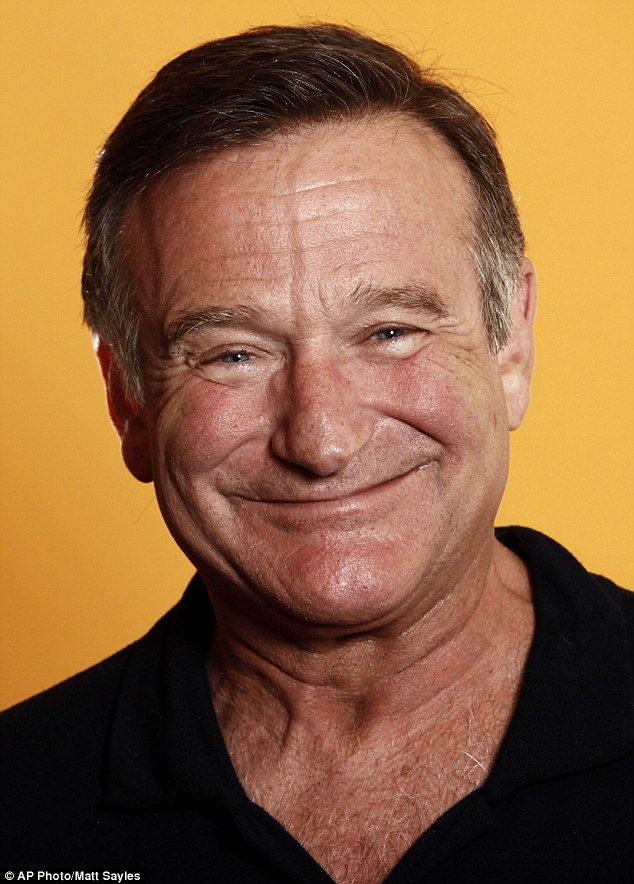
Iconic Roles and Artistic Achievements
Robin Williams developed a career that balanced improvisational comedy with serious acting talent. His most memorable roles often merged humor with real emotional depth, bringing you close to the characters he portrayed and leaving a lasting impression.
Popeye and the Early Film Years
When you watch Robin Williams in 1980’s Popeye, you see his dedication to both physical comedy and immersive character work. As Popeye, Williams demonstrated a remarkable ability to mirror the cartoon character’s mannerisms and speech patterns, making this live-action adaptation distinctive.
Beyond Popeye, early films like The Survivors offered glimpses of his range. He tackled oddball roles with commitment, quickly earning attention for bringing life to unusual characters. This willingness to dive deep contributed to his reputation, even before his major dramatic works.
Good Morning, Vietnam: Blending Comedy and Drama
Good Morning, Vietnam became a turning point, showcasing how you could laugh and reflect in the same film. Williams played Adrian Cronauer, a radio DJ whose humor uplifted troops during bleak times, while also confronting the realities of war.
His improvisational skills shone brightest in the movie’s radio segments, earning him critical acclaim. The performance highlighted a thoughtful balance between fast-paced jokes and genuine, heartfelt moments. For many viewers, this film revealed how he could carry both the comedic and dramatic weight of a role.
Dead Poets Society and The Fisher King: Dramatic Depth
In Dead Poets Society, Williams portrayed John Keating, an English teacher inspiring you to seize the day. Here, he brought a quiet intensity to a dramatic role, delivering lines and scenes that resonate with audiences of all ages. The film remains an enduring classic, in no small part due to his nuanced performance.
The Fisher King, featuring Williams alongside Robert De Niro, pushed dramatic depth further. Williams’ character Parry, shaped by trauma and imagination, was evolved and poignant. Both films explored complex themes, often rooted in the real-life stories of people like Oliver Sacks, demonstrating how you can find humor and humanity even in deeply dramatic contexts.
Mrs. Doubtfire, The Birdcage, and Good Will Hunting: Versatility on Screen
Williams showed his adaptability in roles ranging from the chaotic but caring Mrs. Doubtfire to the warm-hearted Armand in The Birdcage. Playing Daniel Hillard in Mrs. Doubtfire, he balanced slapstick with touching family drama, leaving you laughing one moment and moved the next.
In Good Will Hunting, Williams earned an Academy Award for Best Supporting Actor as therapist Sean Maguire. His performance was understated yet deeply affecting, guiding you through themes of grief, hope, and connection. Other works like Jack, Flubber, and RV highlight his zest for embracing both comedy and drama, while industry honors such as the Cecil B. DeMille Award reflect how broadly his talents were recognized.
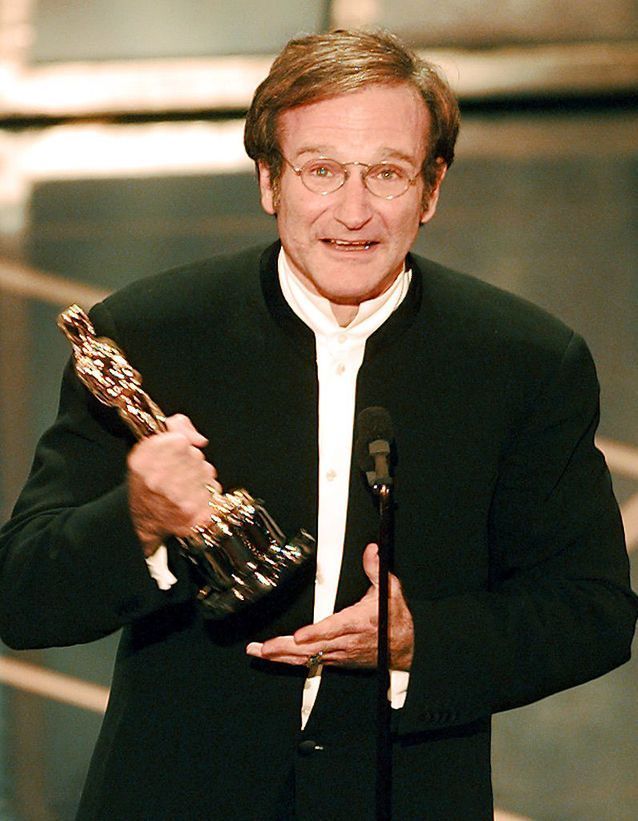
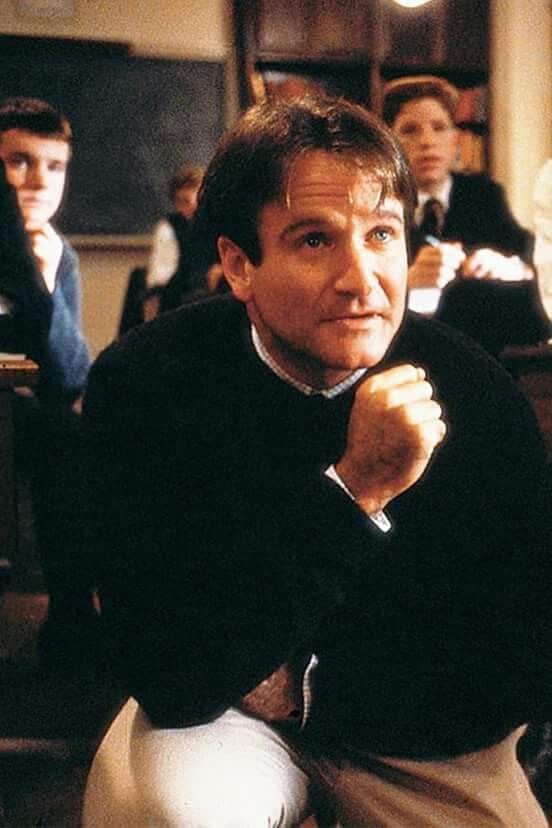
Struggles, Triumphs, and the Role of Art
Robin Williams’ creative life was shaped not just by his talents but by his challenges with depression, addiction, and physical illness. Understanding the connection between these struggles and his artistic pursuits can offer insight into the importance of expression and support in the face of mental health issues.
Mental Health and Substance Abuse Challenges
You may know Robin Williams for his electrifying performances, but his private battles were far from easy. He lived with major depression and openly discussed his history of addiction to alcohol and cocaine. These difficulties sometimes affected his relationships and work.
After years in recovery, Williams experienced relapses, notably after heart surgery in 2009, which brought renewed focus to his mental health. He sought help through substance-abuse rehabilitation centers, such as the Hazelden Foundation, demonstrating the ongoing nature of recovery.
In the last year of his life, Williams suffered from undiagnosed Lewy body dementia. The disease caused severe paranoia, confusion, and exacerbated his depression. These compounding factors made daily life intensely challenging, fueling his determination to find outlets for relief and connection.
Art as a Healing Outlet
Art, especially sculpture, became one of Williams’ coping mechanisms during rough periods. Turning to sculpture allowed you to see a different side of his creativity—one that provided a quieter, hands-on way to process emotions.
He described sculpting as both meditative and freeing, a stark contrast to his rapid-fire comedic style. The tactile nature of working with clay or stone grounded him, offering solace from the chaos of mental illness. Just as performance allowed him to channel energy and emotion outward, sculpture provided a private sanctuary for his thoughts.
Unlike the unpredictability of fame and illness, the studio environment gave you control and focus. Creative rituals, such as spending hours shaping figures, acted as informal psychotherapy, helping Williams maintain balance during periods of intense stress or anxiety.
Support, Sobriety, and Mental Health Advocacy
Support networks played a crucial role in Williams’ struggle with addiction and mental health. He leaned on family, friends, and fellow artists, showing how vital a strong personal network can be when facing depression, alcoholism, and recovery.
Williams participated in support groups and rehabilitation programs multiple times, reaffirming his commitment to sobriety. Groups like Alcoholics Anonymous, therapy sessions, and visits to rehabilitation facilities such as Hazelden kept him connected to others sharing the same fight.
He later used his fame to advocate for mental health awareness, openly discussing his experiences and encouraging others to seek help. His advocacy helped reduce stigma and inspired many to consider new approaches to their own mental health, from psychotherapy to creative pursuits like art and sculpture.
Legacy: Impact on Art, Cinema, and Mental Health Awareness
Robin Williams left deep footprints in both the art world and broader cultural conversations. His influence stretches far beyond his acting, touching artists, fans, and those affected by mental illness.
Influence on Other Artists and Public Perception
You may know Robin Williams best from his roles in film and his energetic comedy specials, but his passion for art—especially sculpture—was genuine and inspiring to fellow artists. Williams supported arts communities, championing creative expression whether on screen or in a studio. He often used humor to break down barriers, showing how comedy can serve as a bridge between different art forms.
Many younger artists cite Williams as a mentor, not just for his on-screen brilliance but for his openness about both passion and vulnerability. His transition from comedian to dramatic actor shifted perceptions about what creative professionals could achieve, encouraging you and your peers to pursue multiple artistic disciplines without fear of judgment.
Williams’s generosity was also well known. He donated art, funded therapy programs, and supported local exhibits, helping to make visual art accessible to more people.
Expanding Dialogue on Mental Illness Through His Life and Work
Williams’s candidness about his own struggles with mental disorders—such as depression, anxiety, and addiction—sparked discussions that had rarely been public before. After his suicide in 2014, many in the entertainment industry and beyond began advocating more openly for mental health awareness.
He challenged the stigma around seeking help by talking about therapy, medication, and sobriety in interviews. Nonprofit initiatives, like the Robin Williams Center for Creativity and Well-being, now offer resources aimed at supporting those facing similar battles.
His legacy has helped shape how society perceives mental illness, encouraging you and others to recognize the real, day-to-day challenges people face, even when they seem outwardly joyful or successful.
- 20shares
- Facebook0
- Pinterest20
- Twitter0
- Reddit0








